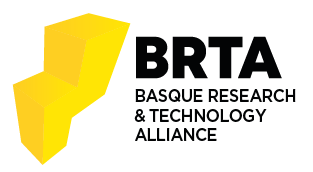Automatic Translation Quality Estimation
IKA
Duration:
01.04.2021 - 31.12.2023
Machine Translation (MT) has established itself as one of the main technologies supporting the continuous generation of multilingual content, particularly following the recent shift toward Neural Machine Translation (NMT), based on artificial neural networks and deep learning. The significant quality improvements achieved through NMT have positioned this technology as the new paradigm both scientifically and commercially, with leading companies in the sector relying on it for their translation services.
Despite the quality gains, the use of MT, and NMT in particular, involves significant challenges. Firstly, for domain-specific pairs or specialized domains, machine translation may experience a significant drop in quality depending on the volume of human translations available to train the systems. Furthermore, NMT systems generate highly fluent translations but do not guarantee the preservation of information from the source language or terminological adequacy, which are critical limitations for producing certified-quality translations. Additionally, most current NMT systems generate translations at the sentence level, without considering the overall context of a document, which does not ensure document-level coherence. Finally, the high fluency of NMT-generated translations makes error detection considerably more difficult.
Looking for support for your next project? Contact us, we are looking forward to helping you.







